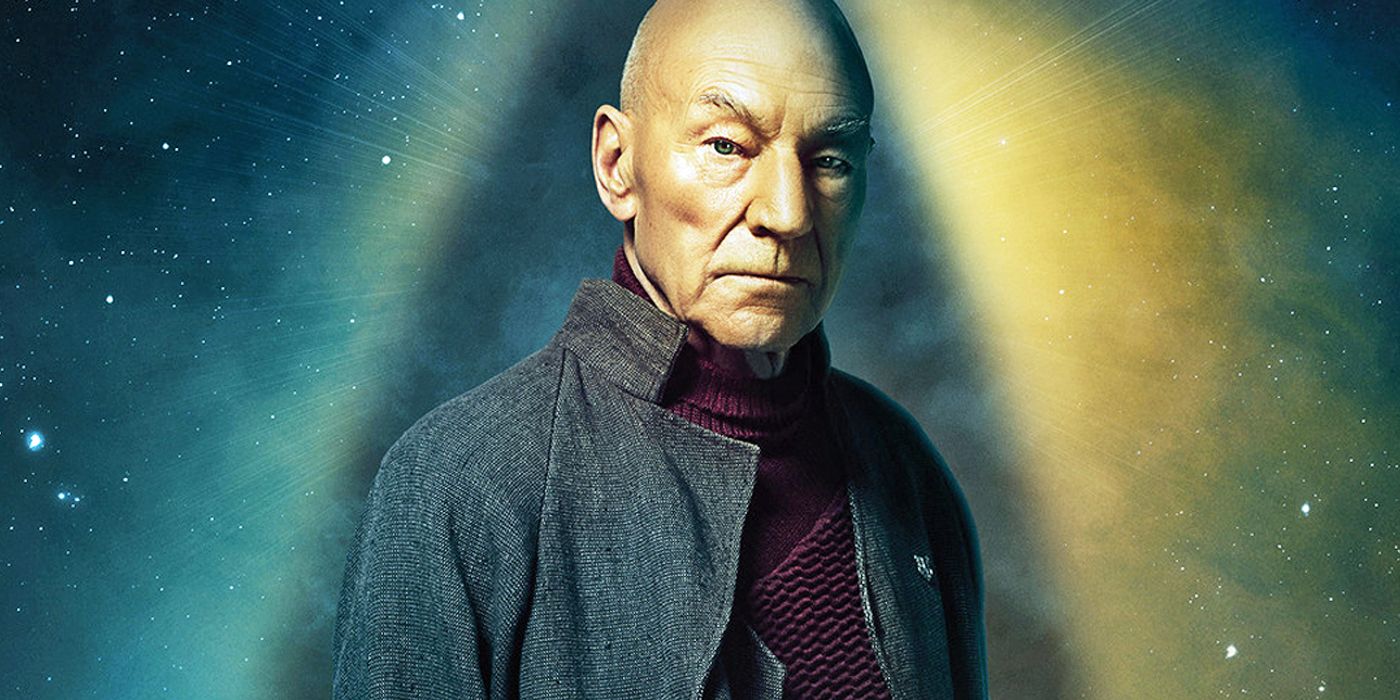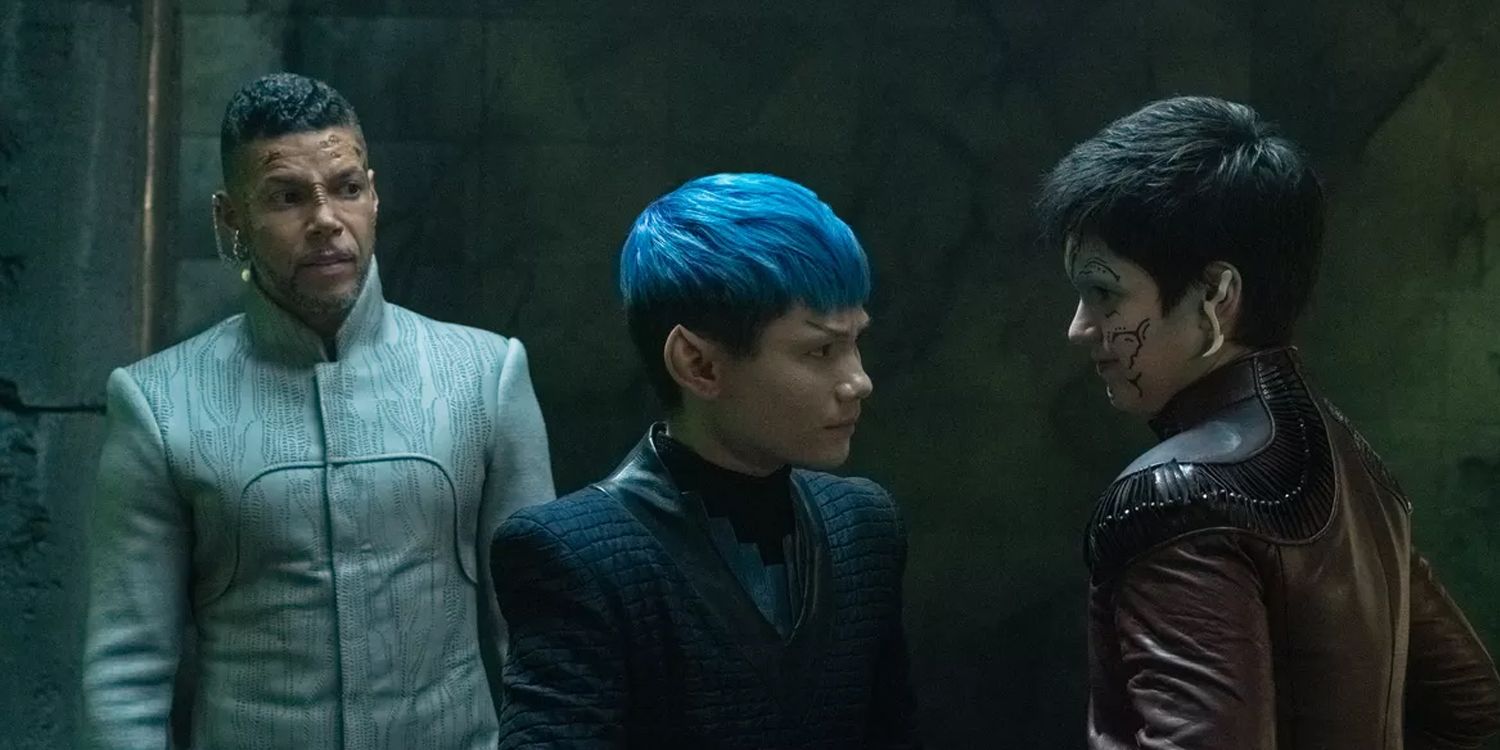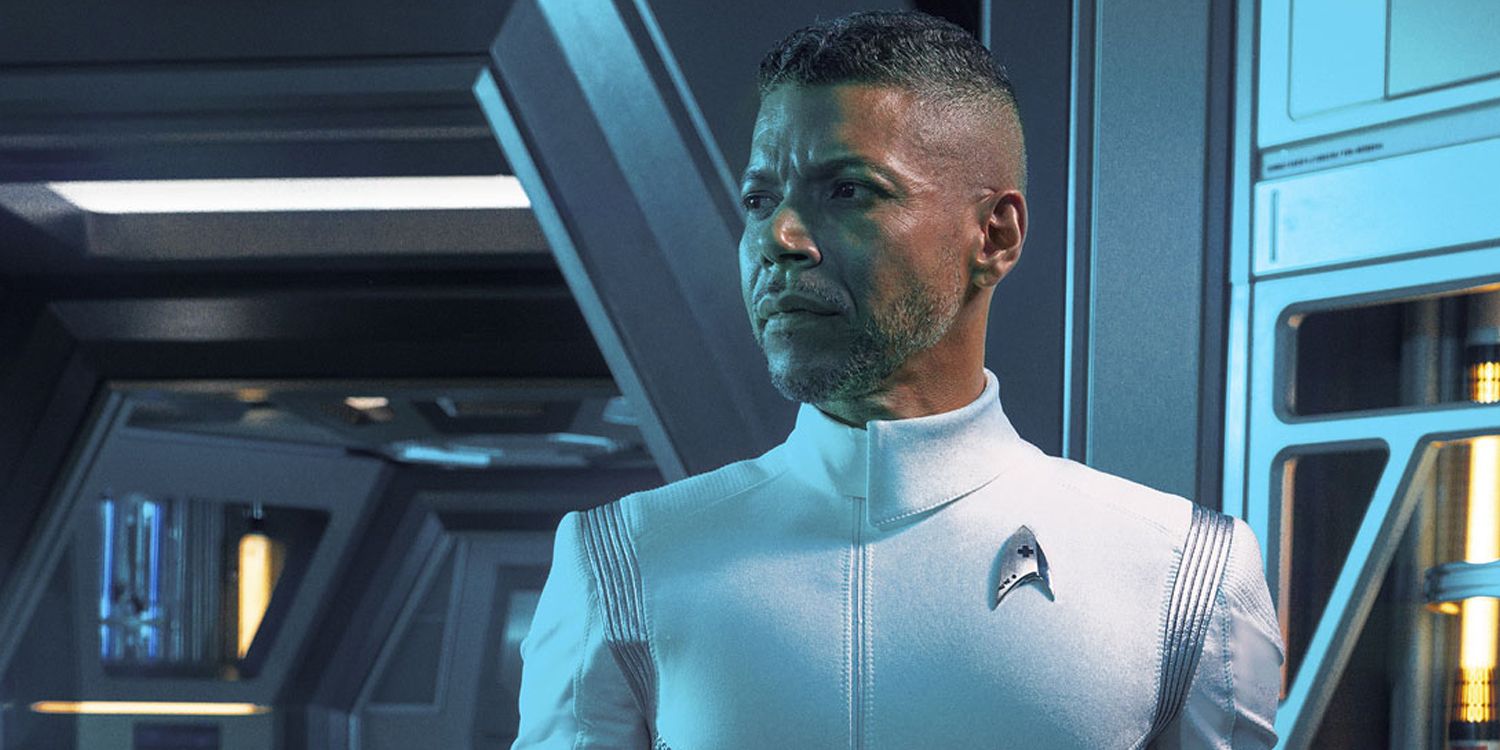WARNING: The following contains spoilers for Star Trek: Discovery Season 4, Episode 2, "Anomaly," streaming now on Paramount+.
With the USS Discovery having arrived in the 32nd century since the Star Trek: Discovery Season 2 finale, the crew is now at a point in the timeline where no Star Trek series has gone before. This includes Discovery's sister series Star Trek: Picard, which, while taking place over a century since the time when Discovery began shortly before the events of Star Trek: The Original Series, is now approximately eight centuries in the relative past. However, as the crew begins to take full advantage of the new technologies available to them, they utilize tech introduced at the end of Picard Season 1 which has since largely gone unused by Starfleet in the interim centuries.
After bonding to the Tal Trill symbiont, Adira has since been able to see the consciousness of their deceased boyfriend Gray, the previous host to the symbiont. With Gray's blessing, Adira works with Doctor Hugh Culber to develop the means to transfer Gray's consciousness into a synthetic body so the rest of Discovery's crew can interact with Gray directly. Looking for inspiration, Culber turns to the advanced robotics technology used in the 24th century by Doctor Altan Inigo Soong, a character introduced in the inaugural season of Picard. And in Soong's inventions, Culber finds the perfect way to create a body for Gray even though the technology in question has been discarded for centuries.
When Jean-Luc Picard discovered he was dying from a terminal neurological disorder, Soong transferred Picard's mind into a synthetic body as his organic body succumbed to the rare illness. Awakening in this new body, Picard learned that this synthetic form not only freed him of the effects of the neurological disorder but gave him a new lease on life, and, like his organic body, would physically age with him before shutting down with him, effectively making Picard die for good. Grateful for this chance to continue to do good throughout the galaxy and appreciate his twilight years, Picard embraces the opportunities that come with his synthetic body.
Centuries later, Culber reveals that this robotics technology was abandoned after Picard's successful rebirth, owing to a high failure rate among the intended hosts. While Gray is understandably anxious upon hearing this, Culber assures him that, because of Gray's past experience bonding with the Tal symbiont and storing his consciousness externally in the symbiont, this makes the likelihood of Gray successfully transferring his consciousness into the prepared body all the more probable while Gray provides some cosmetic suggestions on how he wants his new body to appear.
The robotics technology introduced in Star Trek: The Next Generation was some of the most advanced Starfleet had ever seen, with synthetic life introduced by the Federation decades later nowhere near as unique as Data and his positronic counterparts. While the 32nd century Starfleet has its own cutting edge technology leaps and bounds more advanced than the crew of the Discovery is still used to, it hasn't quite been able to perfect the synthetic body technology introduced in Picard, transferring humanoid consciousnesses to new hosts. But thanks to Gray's Trill connection, the discarded technology has been revived, effectively making Gray part of the crew beyond existing in the Tal symbiont as the links between Discovery and Picard become clearer.
Developed for television by Bryan Fuller and Alex Kurtzman, Star Trek: Discovery Season 4 releases new episodes Thursdays on Paramount+.



